Painting Oil on Paper

Great masters of the past have used paper in their work, in most cases in the elaboration of sketches, in graphite, pastel chalk,charchoal, sanguine, etc. With the discovery of the acrylic and vinyl resins and allied to the papers of homogeneous consistency and better quality, it is possible to prepare them, in a quick and simplified way. And in oil painting, or acrylic, the technique is very similar to working on canvas.
It is simple to store and also inexpensive, especially for the artist who paints several sketches before leaving for a large linen canvas.
What we will show in this post are some practical ideas about preparing the paper for painting.
1 – Paper Types
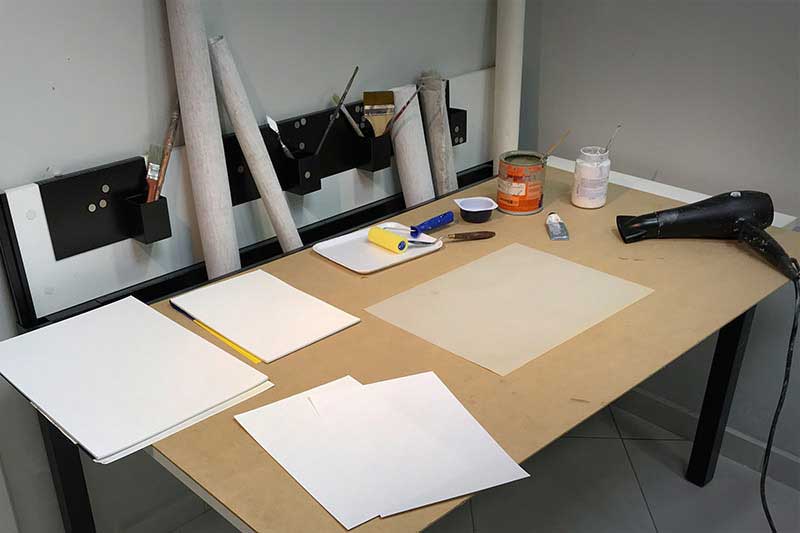
I have used “Canson” paper, for drawing, or for a watercolor, weight 300g/m2, size A3, 297 x 420mm (approximates the ledger 11 x 17 in), or A4, 210 x 297mm (8.3 x 11.7 in). In painting with medium, that presents gloss it is preferable to use the smooth side of the paper. (Stand-oil or dammar varnish based for example).
2- Paint application
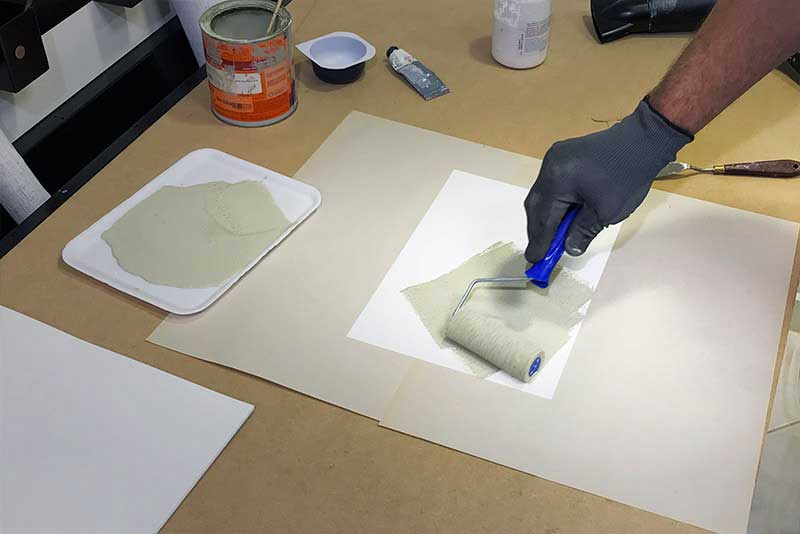
Commercial grade acrylic paint of good quality, matte and light colored and diluted. In case the color “sand” was used, but the color depends on individual preference and the desired results.
3 – After each application of paint, dry at medium temperature.

.
.
4-Removing small irregularities

Common sponge, rough side, smooth pass.
.
According to the preferences of the painter, one can pass a layer of acrylic gesso, relief paste, etc.
In the painting, then show, the side parts were isolated to form a “pass-partout”. The purpose is aesthetic.
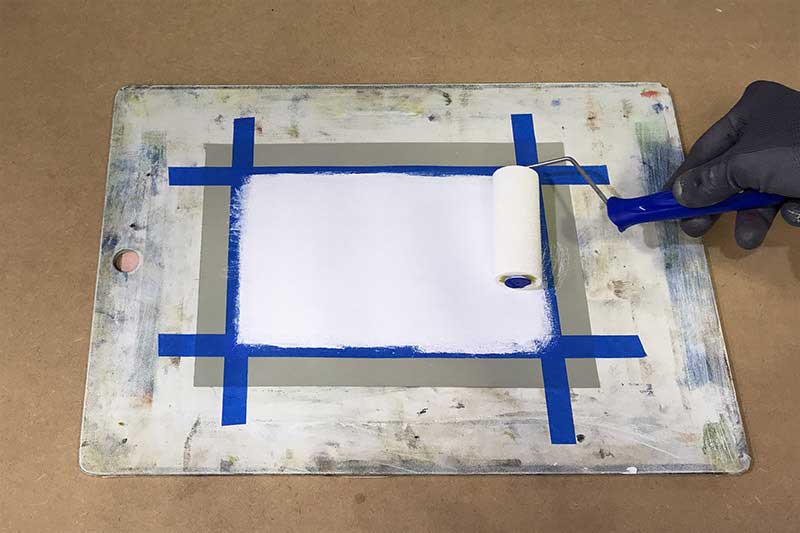
Application of acrylic gesso, with roll, providing an eggshell texture.
.
.
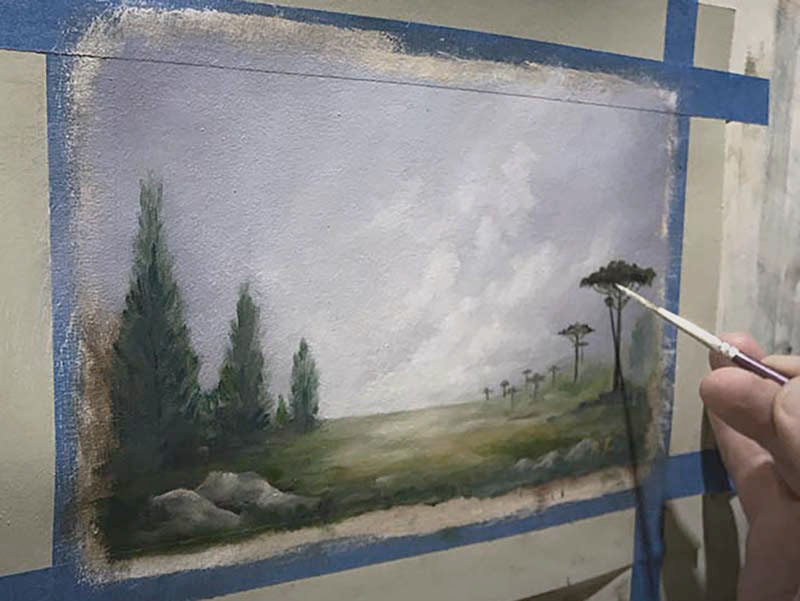
The painting approach: with little medium (diluent), and after drying, were applied glazes and scumblings.
.

Carefully remove the adesive tape.
.
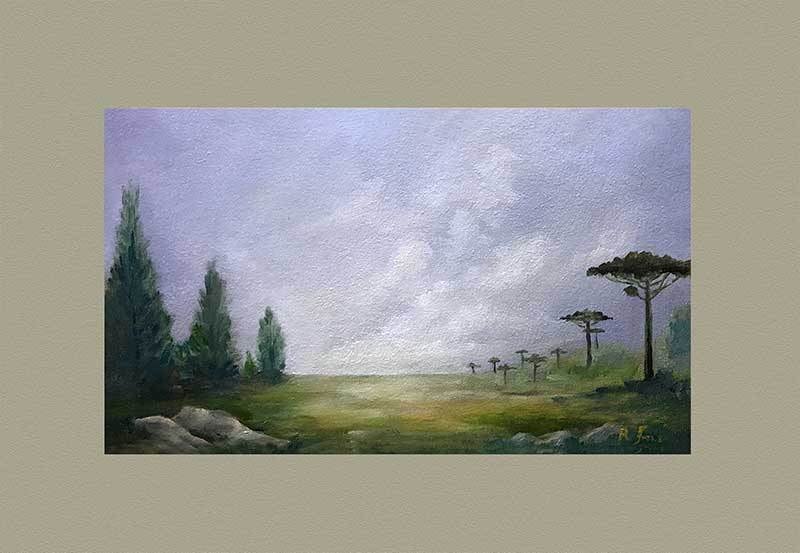
At the end of the work, there were some small spots in the pass-partout, which were retouched.
Thanks to the readers.
